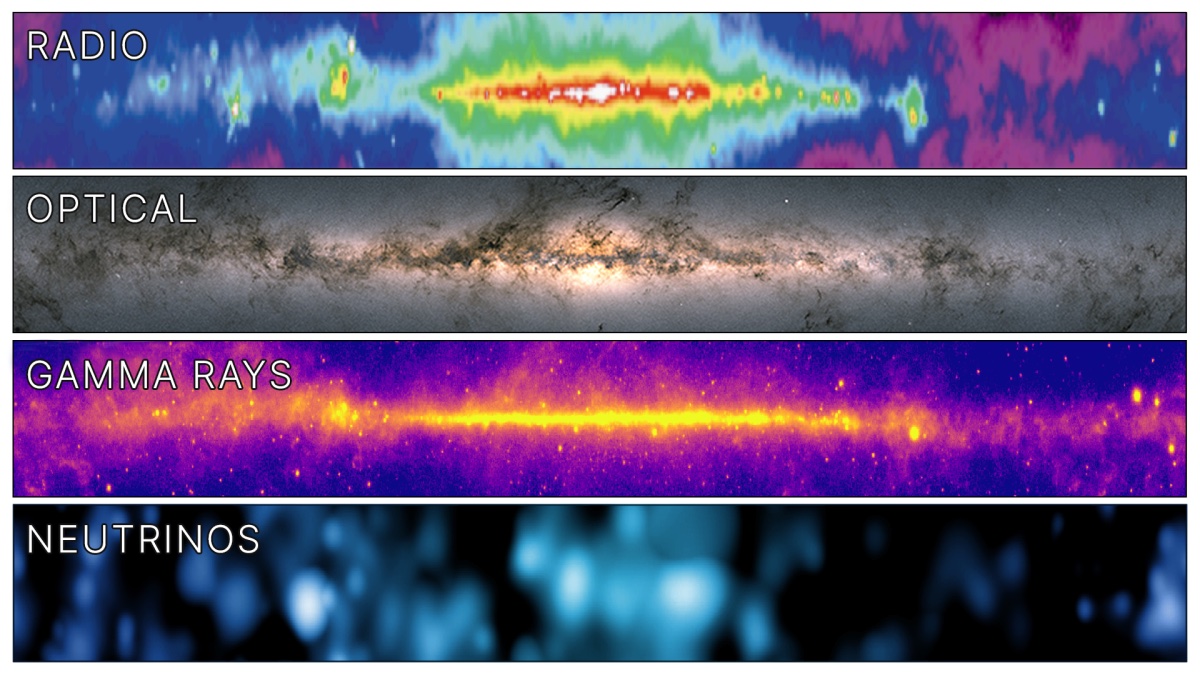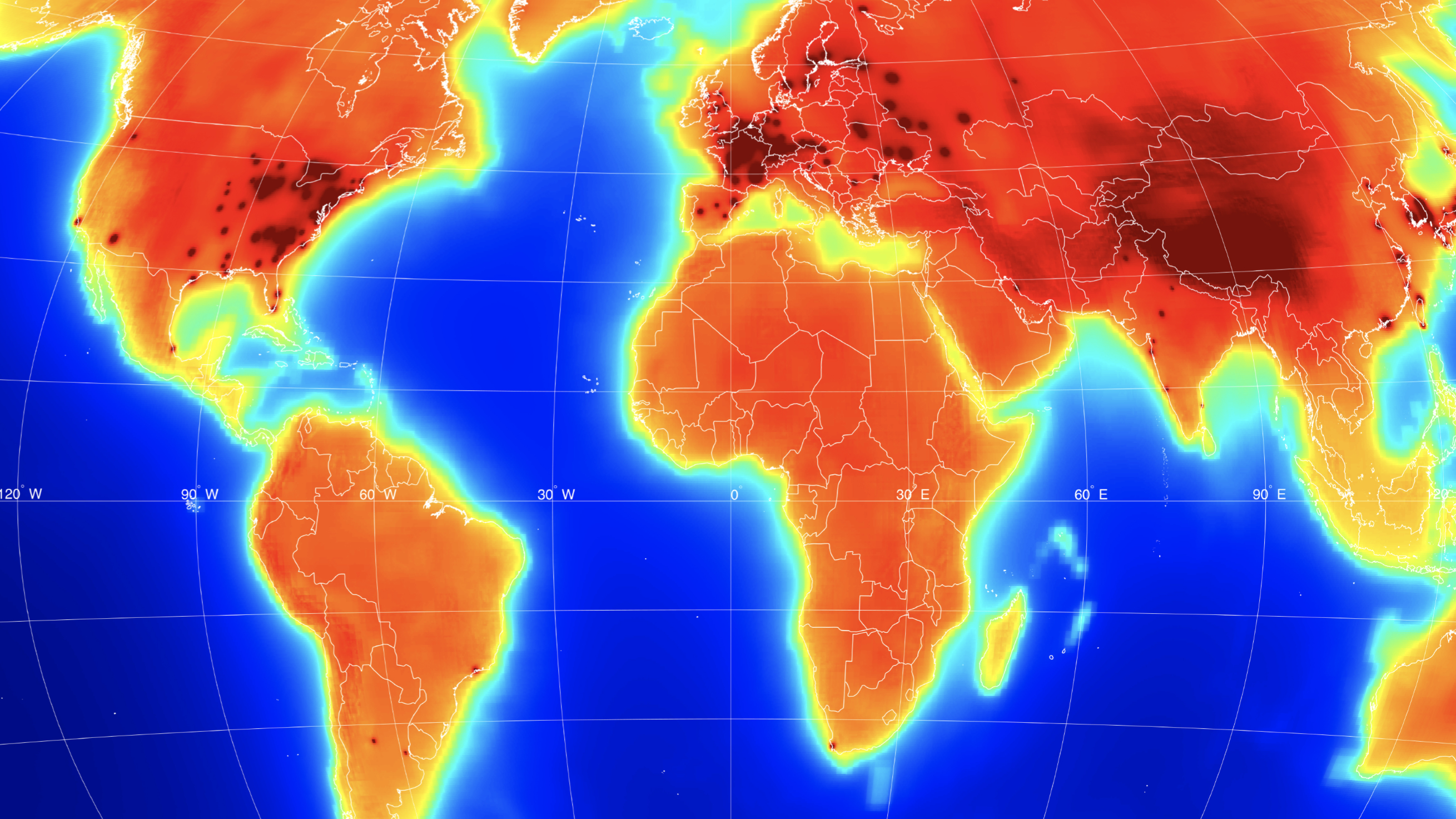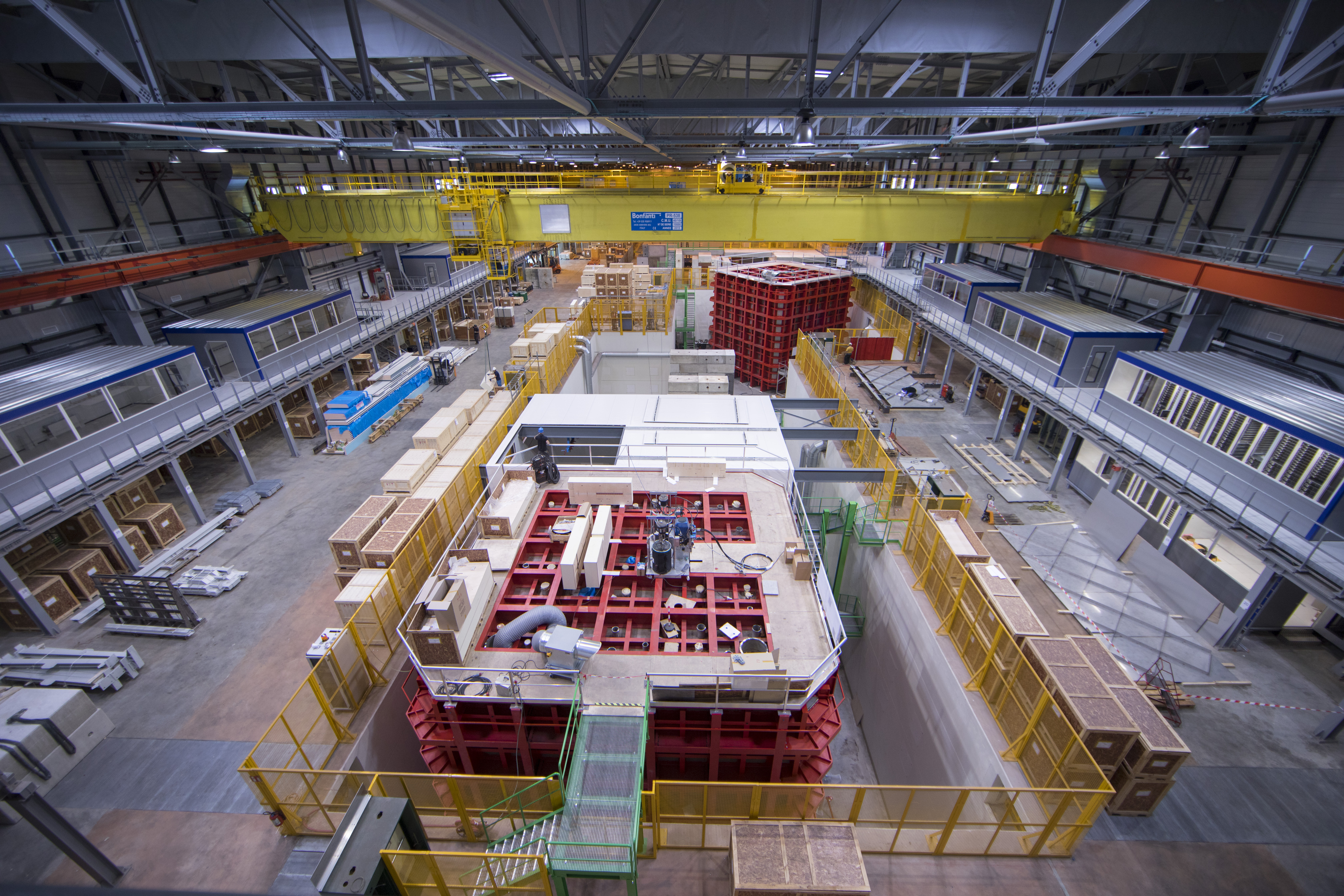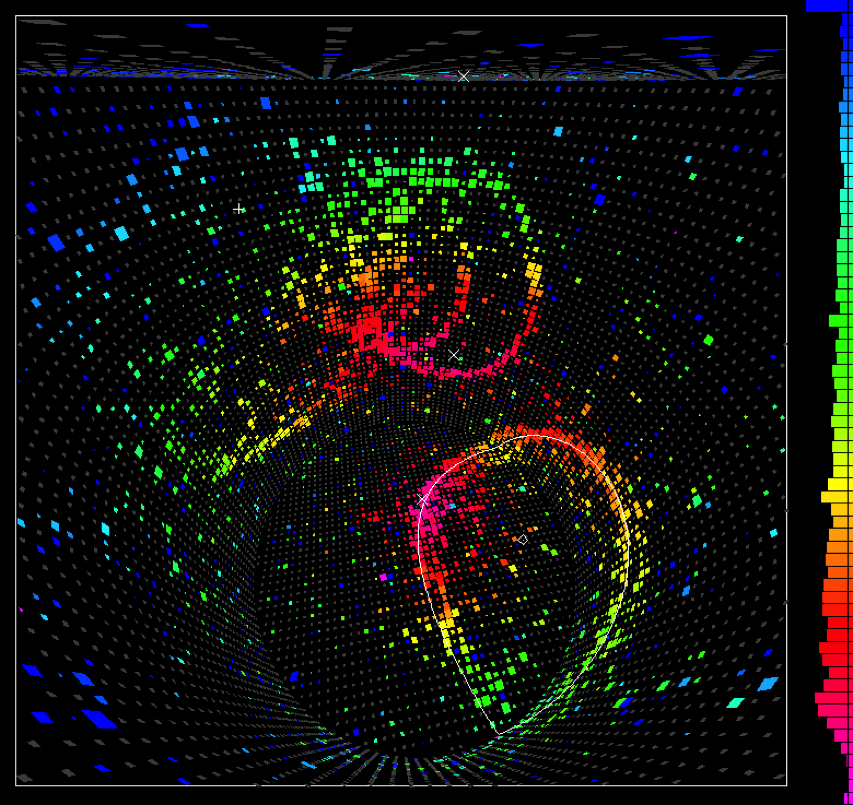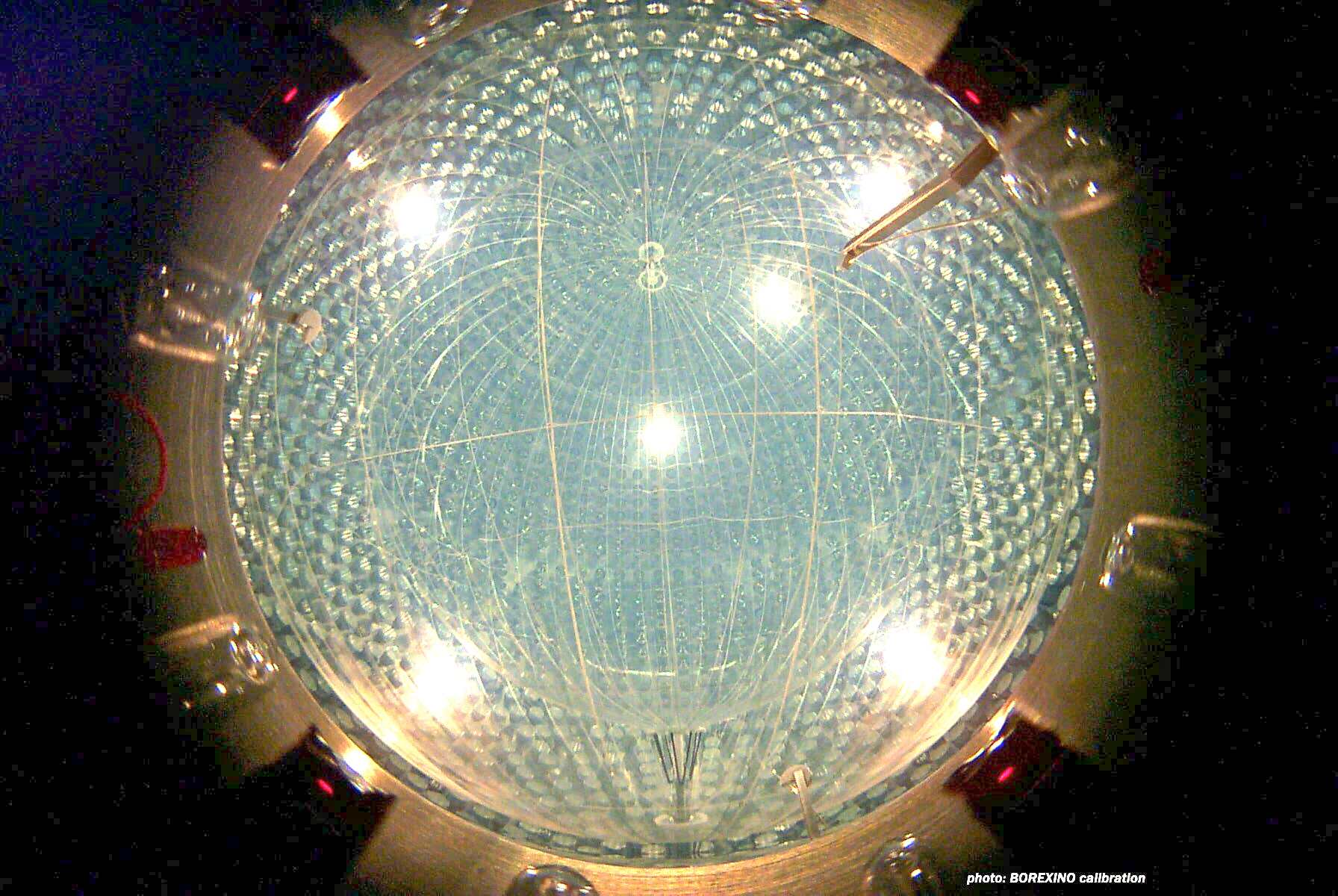Inside the mile-deep mission to solve a key physics mystery
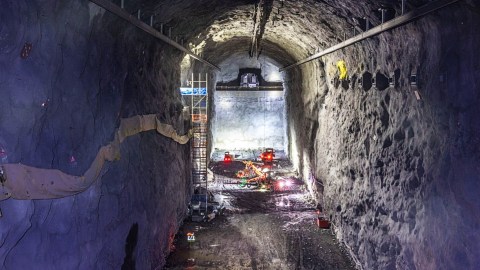
- DUNE, a next-generation neutrino research project, seeks to unravel the matter-antimatter imbalance mystery by tracking neutrino transformations from Illinois to South Dakota.
- The DUNE project recently completed the excavation for the detector caverns (located about a mile underground), a critical step forward in establishing the infrastructure needed for the ambitious experiment.
- By the end of the decade, results from this project could illuminate why the Universe predominantly consists of matter.
Neutrinos are the ghosts of the subatomic world. Engaging in only the most tenuous of interactions with ordinary matter, they can pass through the entire Earth with only minuscule chances of any interaction. They are also quantum chameleons, meaning that the three different types of neutrinos can change their identity, with one type becoming another, before swapping back again. And perhaps most importantly, studies of this identity-changing behavior could explain why our familiar Universe looks the way it does.
Because of these and other fascinating properties, scientists working at Fermi National Accelerator Laboratory (Fermilab, located just outside Chicago) are building a powerful new beam of neutrinos to better understand their behavior. A recent milestone has brought them much closer to achieving their goals.
The Deep Underground Neutrino Experiment
The Deep Underground Neutrino Experiment (DUNE) will shoot a beam of neutrinos from the Fermilab campus 1,300 kilometers (800 miles) to a detector complex in South Dakota. The detectors will be housed at the Sanford Underground Research Facility (SURF), which is located in an abandoned gold mine in a city called Lead.
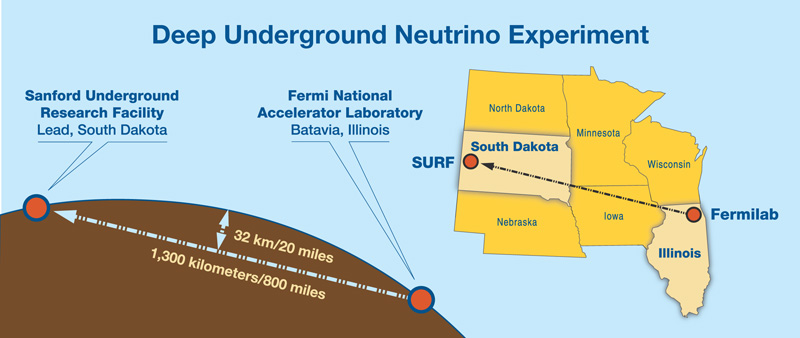
When fully completed, DUNE will consist of four large detectors housed in three gigantic caverns located about a mile under the Black Hills. Each detector will contain 17,500 tons of liquid argon as the material that will detect some of the neutrinos that pass through them. Normally, argon is a gas, comprising about 1% of the chemical makeup of the atmosphere. However, when extracted, purified, and chilled to -300 ºF (-186 ºC), it becomes a transparent liquid. When neutrinos pass through argon, a tiny percentage of them interact and generate both a fleeting flash of light and electrical signals. Researchers can use this information to determine the nature of the interaction and whether the neutrino had changed its identity during its trip from one facility to the other.
The recent achievement was the completion of the excavation of the caverns that will house the detectors. Over the last three years, teams of miners dug out nearly 1 million tons of rock a mile underground and brought it to the surface. This required that the mining team disassemble their equipment, lower it down a long elevator shaft, and reassemble it underground. The result is a large volume spanning an area equivalent to about eight soccer fields.

The next step in preparing for DUNE operations involves installing all of the services needed for the detector to operate: electricity, ventilation, climate control, and similar systems. Once the caverns are deemed ready for occupation, construction crews will begin the installation of the infrastructure necessary to hold the detectors in place. Because the detectors will contain thousands of tons of essentially liquified air, the infrastructure will require a massive amount of insulation. It is hoped that the first of this insulated infrastructure will be installed later in 2024.
Following the installment of the support structure, scientists will begin to install the detectors themselves. While prototype detectors have been successfully tested, the operational detectors are still being built. It is hoped that the first of the detectors could begin taking data in 2028, with other detectors coming online in the following years. Considering neutrinos interact so rarely, there is no danger to researchers and construction crews, so the follow-on detector components can be installed while the first ones collect data.
What DUNE aims to solve
DUNE will take several kinds of measurements. The primary one is to study the transformation properties of neutrinos and their antimatter analogs. Antimatter is a cousin of ordinary matter. When many forms of matter and antimatter combine, they release large amounts of energy; however, like matter neutrinos, antimatter neutrinos also interact very rarely.
There are three variants of neutrinos, named after particles that are often created in neutrino interactions: electrons, muons, and tau particles. Muons and tau particles are essentially heavy and unstable electrons. Fermilab will produce a beam of nearly pure muon neutrinos and then use the far detector to see how many transform as they travel to the distant detector. The experiment will be then repeated using a beam of antimatter muon neutrinos.
The accepted theory of the subatomic world (called the standard model) suggests that the transformation properties will be the same for matter and antimatter. However, if they are different, it could help explain key questions about our Universe. Current theory suggests that the Universe should consist of an equal amount of matter and antimatter. Because only matter has been observed, this discrepancy remains a pressing mystery of modern physics.
Once operational, DUNE scientists will study the transformation properties of matter and antimatter neutrinos. If different, this might provide a clue to answer the matter-antimatter mystery. The first physics results from these experiments are set to become available at the end of the 2020s.
